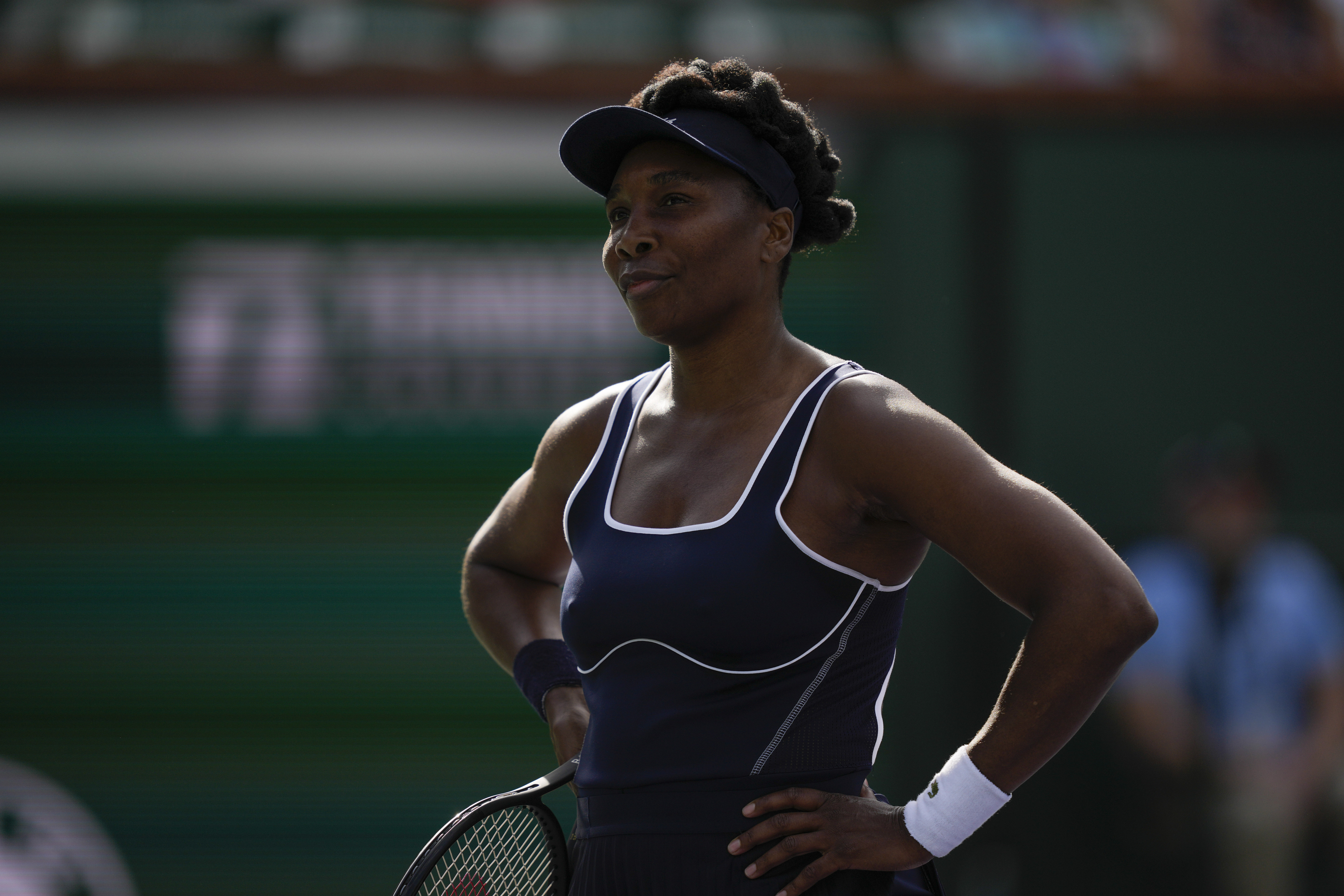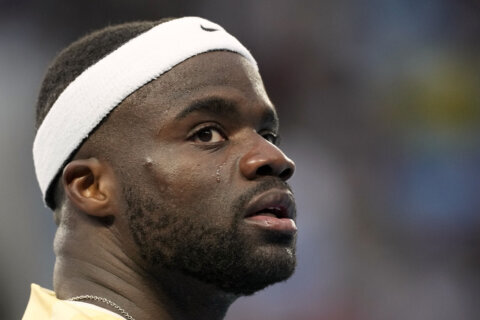WASHINGTON — Fox Searchlight’s “Battle of the Sexes,” which opens nationwide in theaters Friday, is a film about far more than just the fight for gender equality in society. But at the story’s climax, there is an unmistakable message delivered with a sign held jubilantly overhead by a fan at the Astrodome for the famed 1973 tennis match between Billie Jean King and Bobby Riggs:
“Billie Jean for president.”
The project was announced in April of 2015, and principal photography on the film began in the spring of 2016. It’s impossible to watch without envisioning that in a story about the fight for not just equal pay, but equal standing in society, the scene was shot for a different world, a parallel universe in which it would feel like a self-fulfilling prophecy. It’s just a single shot, no more than a couple of seconds, but it highlights the myriad ways in which the characters’ hopes of the early ‘70s are only partly fulfilled nearly 35 years later.
While King’s triumphs on and off the court have netted equal pay for the men’s and women’s winners at the grand slams, the same is not true of most of the professional tennis tour.
Just this week, Andy Murray — long an understated supporter of gender equality on tour — penned a column for BBC.com defending his female cohorts.
“Anyone who has spent any time with any of the top women will know that they make those same sacrifices and are as determined and committed to winning as any of the top men on the tour,” he wrote.
While the King of the ’70s might have been happy knowing that a top men’s player would go out of his way to make such a statement some day, it’s probably bittersweet to the now-73-year-old that Murray even feels the need to do so in 2017.
Last year, Raymond Moore, tournament director for a tour stop in Indian Wells, California, lost his job after making remarks that Women’s Tennis Association players “ride on the coattails of the men.” But lest you dismiss some no-name tournament director, former world No. 1 Novak Djokovic also said men deserve more money for attracting more fans.
As it is, the top professional women’s tennis players earn roughly 20 percent less than their male counterparts, a reality reflected across the American workplace. And while some of the comments directed at King during the broadcast of the Battle of the Sexes — “She’s walking more like a male than a female” — might seem of another era, Serena Williams has been called a “gorilla” and depicted as being built like a monster truck.
Some of the other themes (particularly King coming to terms with her sexuality and society’s response to it) show how social norms have evolved over the past four decades. The fact that the WTA’s initial sponsor was a cigarette brand — Virginia Slims — serves as something of a laugh line, a “remember when?” to the days of yore.
It’s true that as a period piece, “Battle of the Sexes” is inherently of another time, reflected in the style of clothes, language used toward women and social attitudes toward gender roles. But its release now also intends it as a reflection upon what has and hasn’t changed between the period the film depicts and the one it enters.







